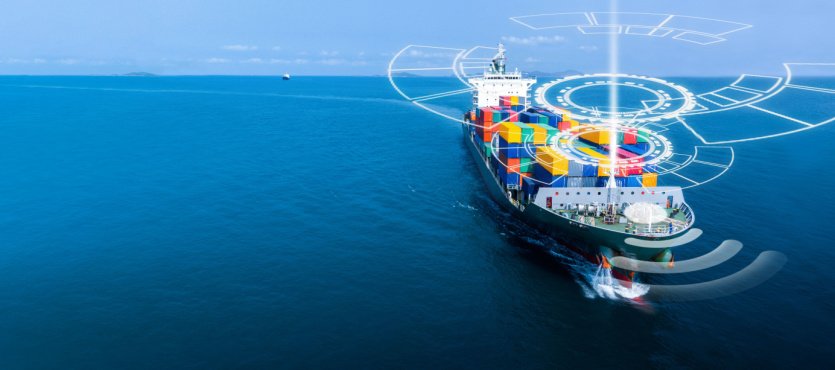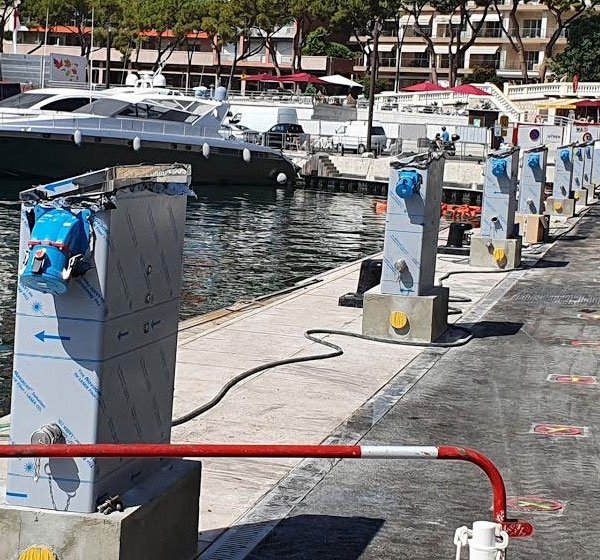
1. Salvage of the Costa Concordia (2012)
- Incident Overview: The Costa Concordia, a luxury cruise ship, capsized and sank off the coast of Italy after striking a rock. The disaster resulted in the deaths of 32 people and posed a significant environmental threat due to the potential release of fuel and other hazardous materials.
- Salvage Operation: The operation was one of the largest and most complex in history. It involved refloating the ship and towing it to a scrap yard.
- Salvage Company: Titan Salvage, an American company, and Micoperi, an Italian marine contractor, led the operation.
- Cost: The salvage operation cost approximately $1.2 billion.
- Details: The operation took over two years and involved innovative techniques such as attaching large flotation devices, known as sponsons, to the ship’s sides to refloat it.
2. Wreck of the Erika (1999)
- Incident Overview: The oil tanker Erika broke apart in the Bay of Biscay during a storm, causing a significant oil spill that affected the French coastline.
- Salvage Operation: The salvage involved the removal of the remaining oil from the sunken sections of the ship and the cleanup of the spilled oil.
- Salvage Company: The main salvage operations were carried out by Smit International.
- Cost: The operation cost over $112 million.
- Details: The operation required the use of specialized equipment to pump out the oil from the sunken wreck and mitigate environmental damage.
3. Rena Wreck Removal (2011)
- Incident Overview: The MV Rena ran aground on Astrolabe Reef off the coast of New Zealand, eventually breaking up and spilling oil and debris.
- Salvage Operation: The operation involved removing containers and debris from the reef and dealing with the oil spill.
- Salvage Company: Svitzer, a global salvage company, led the salvage efforts.
- Cost: The total cost of the salvage and cleanup operations exceeded $500 million.
- Details: The complex operation included the use of helicopters, specialized salvage vessels, and remote-operated vehicles to remove hazardous materials and debris from the wreck site.
4. Deepwater Horizon (2010)
- Incident Overview: The Deepwater Horizon drilling rig explosion resulted in a massive oil spill in the Gulf of Mexico, considered one of the worst environmental disasters in history.
- Salvage Operation: The operation involved capping the well, containing the spill, and extensive cleanup efforts.
- Salvage Company: BP, the rig operator, managed the operation with assistance from multiple subcontractors including Smit Salvage and Wild Well Control.
- Cost: The total cost of the response, including fines and settlements, exceeded $65 billion.
- Details: The operation involved capping the well using a variety of techniques, skimming oil from the surface, and deploying chemical dispersants.
5. Salvage of the Golden Ray (2019)
- Incident Overview: The Golden Ray, a cargo ship carrying over 4,000 vehicles, capsized in St. Simons Sound, Georgia.
- Salvage Operation: The operation involved cutting the ship into sections for removal, dealing with the potential environmental threat from the fuel and cargo.
- Salvage Company: T&T Salvage and other subcontractors were involved in the operation.
- Cost: The operation cost was estimated at over $800 million.
- Details: The complex operation involved the use of specialized cutting equipment, heavy-lift vessels, and environmental containment measures to prevent pollution.
Known Maritime Salvage Companies
1. Smit Salvage
- Overview: Smit Salvage is a leading maritime salvage company known for its involvement in high-profile salvage operations around the world. It is part of Royal Boskalis Westminster.
- Key Operations: Erika oil spill, Deepwater Horizon.
- Services: Emergency response, wreck removal, environmental care.
2. Titan Salvage
- Overview: Titan Salvage, part of the Crowley Maritime Corporation, is renowned for its expertise in salvage operations, particularly in complex scenarios.
- Key Operations: Costa Concordia.
- Services: Marine salvage, wreck removal, emergency response.
3. Svitzer
- Overview: Svitzer is a global leader in towage and emergency response, with extensive experience in salvage operations.
- Key Operations: Rena wreck removal.
- Services: Marine salvage, towage, emergency response.
4. T&T Salvage
- Overview: T&T Salvage specializes in marine salvage, wreck removal, and emergency response, known for handling complex operations.
- Key Operations: Golden Ray.
- Services: Marine salvage, oil spill response, wreck removal.
5. Resolve Marine Group
- Overview: Resolve Marine Group provides comprehensive maritime emergency response services, including salvage and environmental solutions.
- Key Operations: Various global operations.
- Services: Marine salvage, firefighting, environmental response.
Conclusion
Maritime salvage operations are critical for managing maritime disasters and mitigating environmental impacts. The complexity and cost of these operations often require collaboration between multiple specialized companies and significant financial resources. Leading maritime salvage companies like Smit Salvage, Titan Salvage, and Svitzer have proven their expertise through successful management of some of the largest salvage operations in history.



